Precision Leveling and Alignment: Concepts & Techniques

In industrial and commercial settings, precision leveling and alignment are essential processes that ensure machinery, equipment, and structures function optimally. Accurate leveling and alignment improve performance, reduce wear and tear, and enhance safety, making it crucial to get these processes right. This guide offers both an introductory and detailed look into the world of precision leveling and alignment, explaining the fundamental concepts and exploring the advanced techniques used to achieve precise results.
What is Precision Leveling and Alignment?
At its core, precision leveling and alignment refer to the methods used to ensure that machinery or structures are perfectly balanced and aligned relative to their intended positions. This process reduces the risk of uneven wear, mechanical failures, or operational inefficiencies. Misalignment, even by millimeters, can cause significant issues, leading to equipment breakdowns and costly repairs.
Practical Example: Heavy Industrial Machinery
In industries like manufacturing or power generation, the alignment of heavy machinery such as turbines, pumps, and motors is critical. Misaligned components can lead to vibration, excessive noise, and even complete machine failure over time. By performing precision alignment, technicians can ensure smooth operation and extend the machinery’s lifespan.
Basics of Precision Leveling
Precision leveling involves ensuring that a surface or piece of equipment is perfectly horizontal. The simplest and oldest tool used for this is the spirit level, which contains a liquid-filled vial with an air bubble. When the bubble is centered, the surface is level.
For larger industrial projects, more advanced tools like laser levels or electronic levels are used. These tools provide far greater accuracy, ensuring that large pieces of equipment, such as conveyor systems, are leveled to within millimeter tolerances. Proper leveling helps distribute weight evenly, reducing strain on components and improving overall performance.
Practical Example: Conveyor Belt Systems
In a food processing plant, ensuring the conveyor belts are level is vital for preventing product spillage and maintaining consistent product flow. Laser levels are often used to make sure the belts are perfectly horizontal, ensuring smooth, uninterrupted operations.
Understanding Alignment
Alignment is the process of adjusting machinery or equipment so that its components are set in their proper positions relative to each other. Misalignment can result in equipment components grinding against each other, leading to increased friction, overheating, and premature failure. For rotating equipment, even slight misalignments can cause significant vibrations, reducing the lifespan of the machine.
Two Types of Alignment:
- Horizontal Alignment: Ensuring components are positioned correctly along a horizontal axis.
- Vertical Alignment: Aligning components along a vertical axis.
Advanced Alignment Techniques
Modern industries use several sophisticated alignment tools to ensure precision. Here are a few key techniques:
- Laser Alignment: One of the most advanced and accurate methods, laser alignment uses laser beams to check the alignment of shafts or other machine components. This technique can detect misalignments as small as microns, making it indispensable for large industrial machines. Laser systems provide real-time feedback, allowing technicians to make instant corrections.
- Dial Indicators: These are precision instruments that measure the displacement or misalignment of machine components. Dial indicators are ideal for detecting shaft misalignments and are commonly used for less complex equipment.
- Optical Alignment: Optical systems use the line-of-sight principle to ensure perfect alignment of machine components. This technique is useful in scenarios where long distances need to be measured, such as in aerospace or construction industries.
Practical Example: Alignment of Rotating Shafts
In industries like paper manufacturing, the alignment of rotating shafts on production machines is critical to avoiding operational failures. Shaft misalignment can lead to significant wear and tear, damaging both the equipment and the product. Using laser alignment tools, technicians can quickly and accurately realign the shafts, preventing future breakdowns.
Why Precision Leveling and Alignment Matter
Ensuring precise leveling and alignment has several important benefits for industries:
- Reduced Wear and Tear: Proper alignment and leveling help reduce stress on machinery, preventing premature wear and prolonging equipment lifespan.
- Increased Efficiency: Machines that are correctly aligned and leveled run smoother, use less energy, and operate more efficiently.
- Cost Savings: Misaligned equipment is more prone to failure, resulting in costly repairs or replacements. Regular alignment checks can help avoid these unexpected costs.
- Improved Safety: Misalignment can lead to machine vibrations or structural instability, increasing the risk of accidents. Ensuring proper alignment minimizes these risks.
- Consistent Performance: Level and aligned machinery perform better, producing consistent and reliable results, which is essential for industries relying on precise output.
How to Know When Your Equipment Needs Alignment
Industries often employ regular maintenance schedules to check for misalignment or leveling issues. However, there are signs that indicate alignment issues, such as:
- Increased vibration: Misaligned components often cause increased vibrations in the machine.
- Excessive noise: Alignment issues can lead to abnormal sounds during operation.
- Uneven wear: Look for signs of wear on machine parts that could suggest uneven load distribution.
If you notice any of these symptoms, it might be time to schedule a professional leveling and alignment check.
Practical Example: Construction Cranes
In the construction industry, ensuring that cranes are level is critical for both safety and operational efficiency. A misaligned or unlevel crane can become unstable, increasing the risk of accidents. Regular precision leveling checks ensure that the crane remains balanced, even during heavy lifting operations.
While understanding the basics of leveling and alignment is important, these processes require the right tools and expertise to execute properly. At APS Industrial Services, we specialize in precision leveling and alignment services to keep your equipment running smoothly and safely. Whether you need to align rotating machinery or level complex equipment, our team of experts has the tools and experience to get the job done right. Contact us today to learn more about how we can help optimize your operations.
Newsletter
Don't miss a thing!
Sign up to receive daily news
Recent Posts
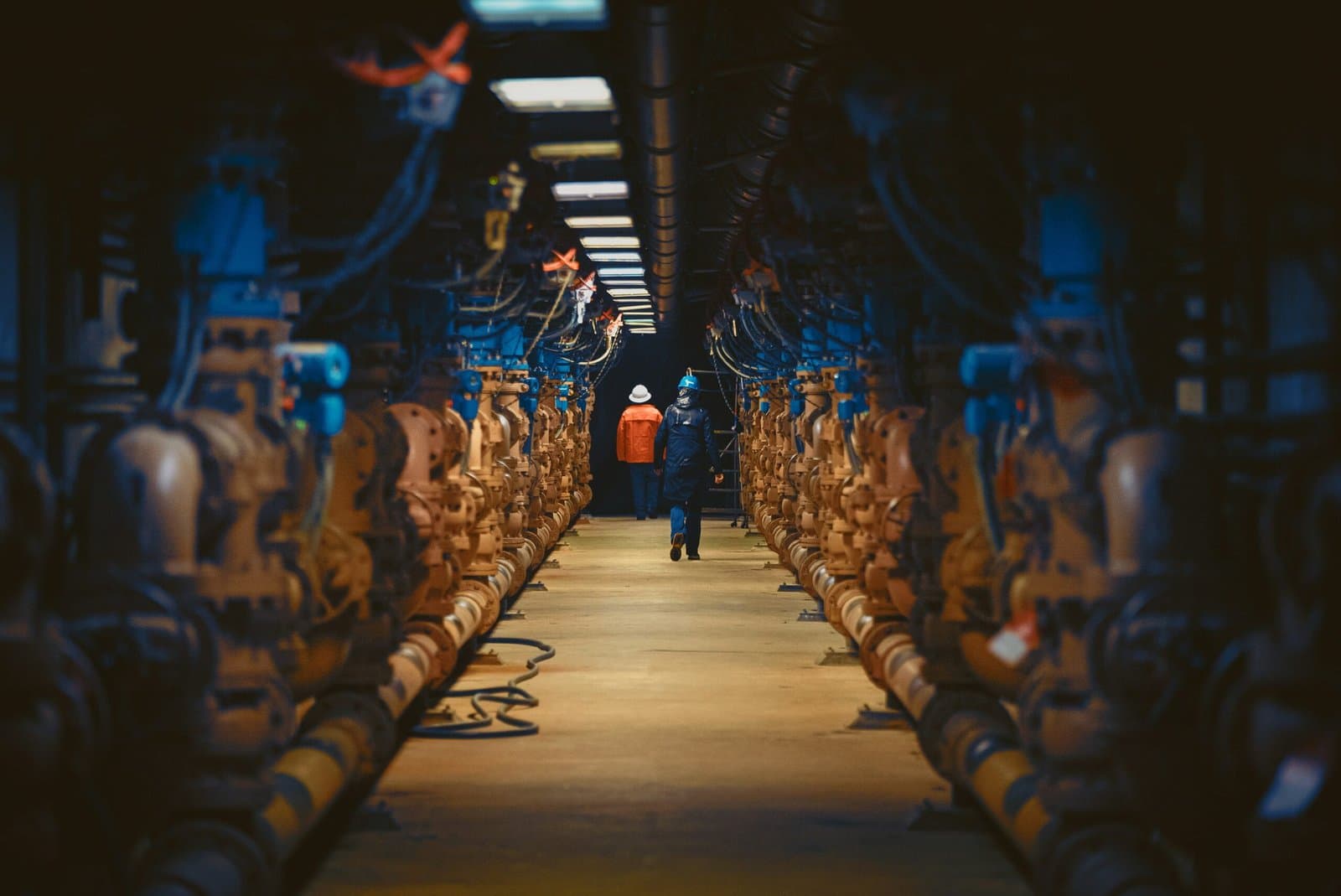
august 30, 2025
Decommissioning a Facility: How to Turn It into a Profitable Venture
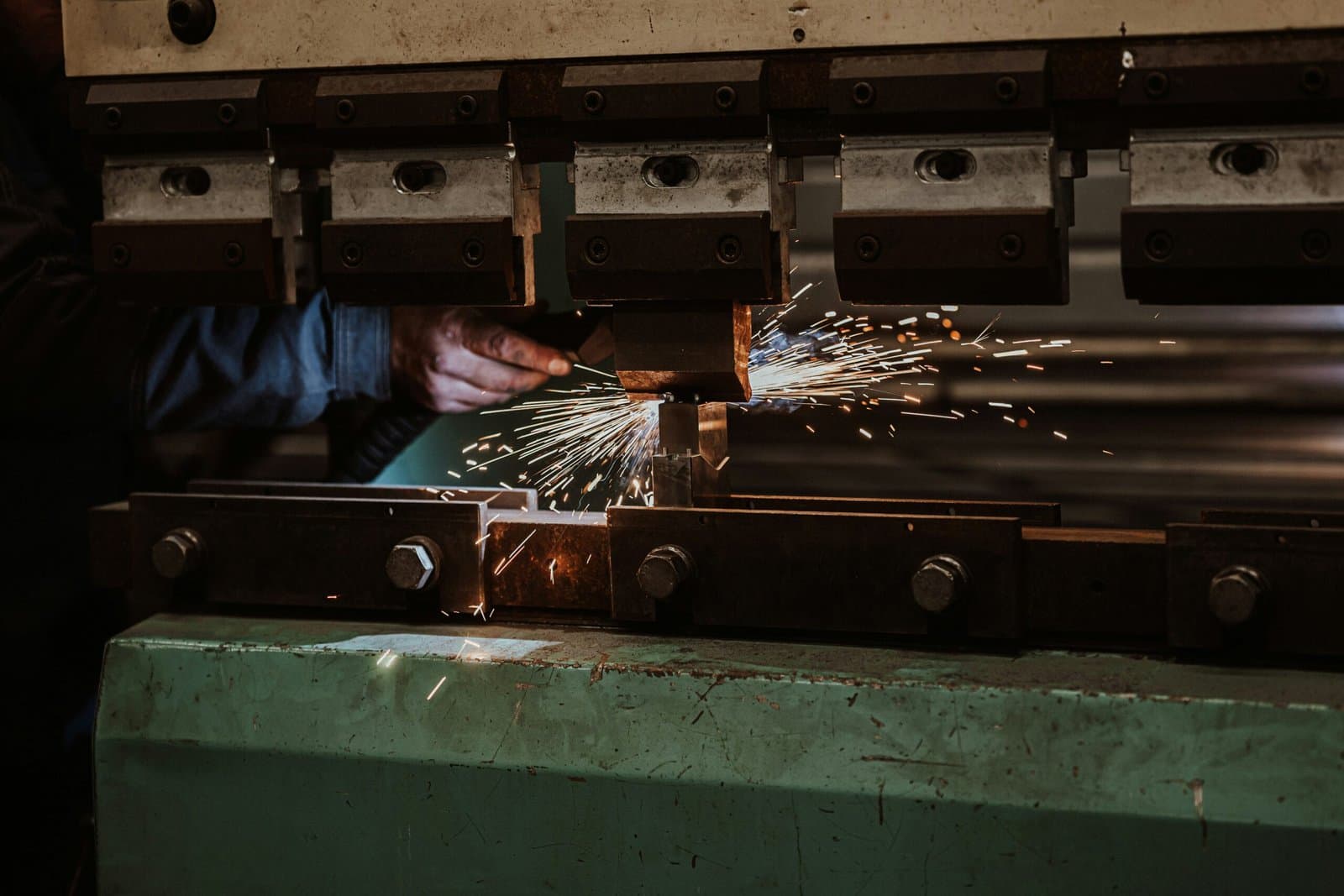
august 25, 2025
Hydraulic Press Maintenance 101
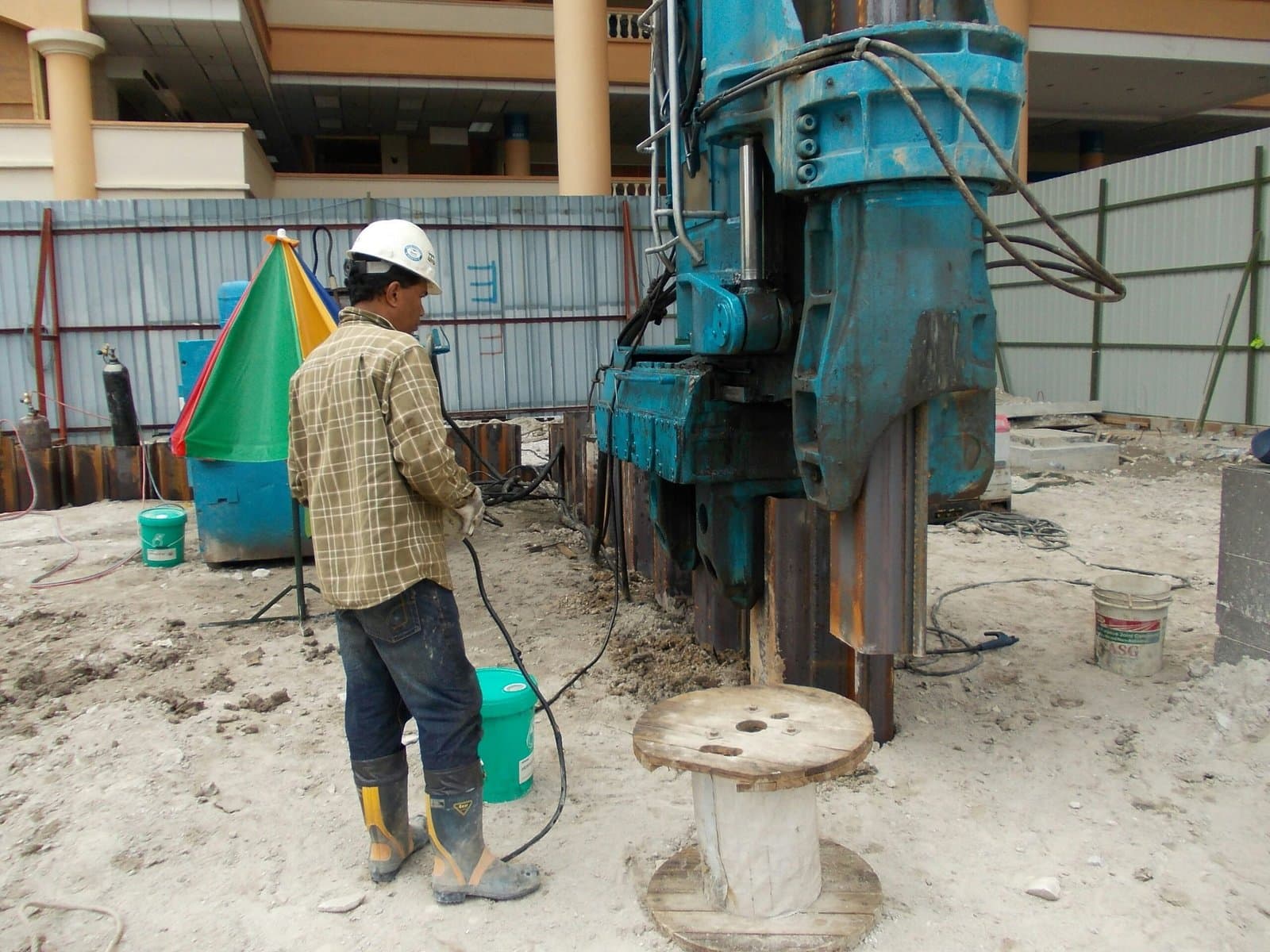
august 18, 2025
Rigging Machinery: The Challenge of Moving and Installing Outdated vs. Modern Equipment
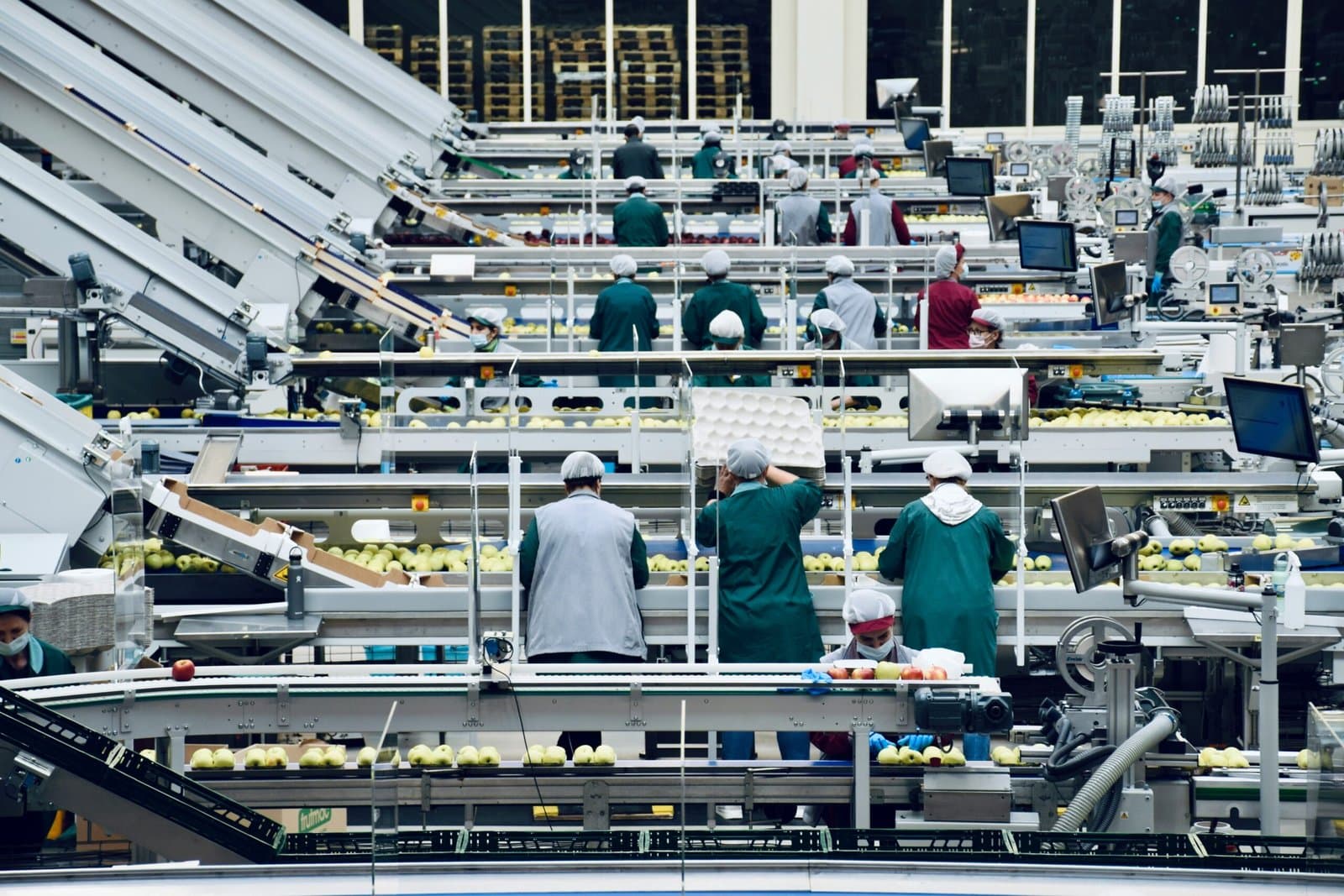
august 16, 2025
Conveyor System Maintenance: 5 Early Warning Signs of Failure
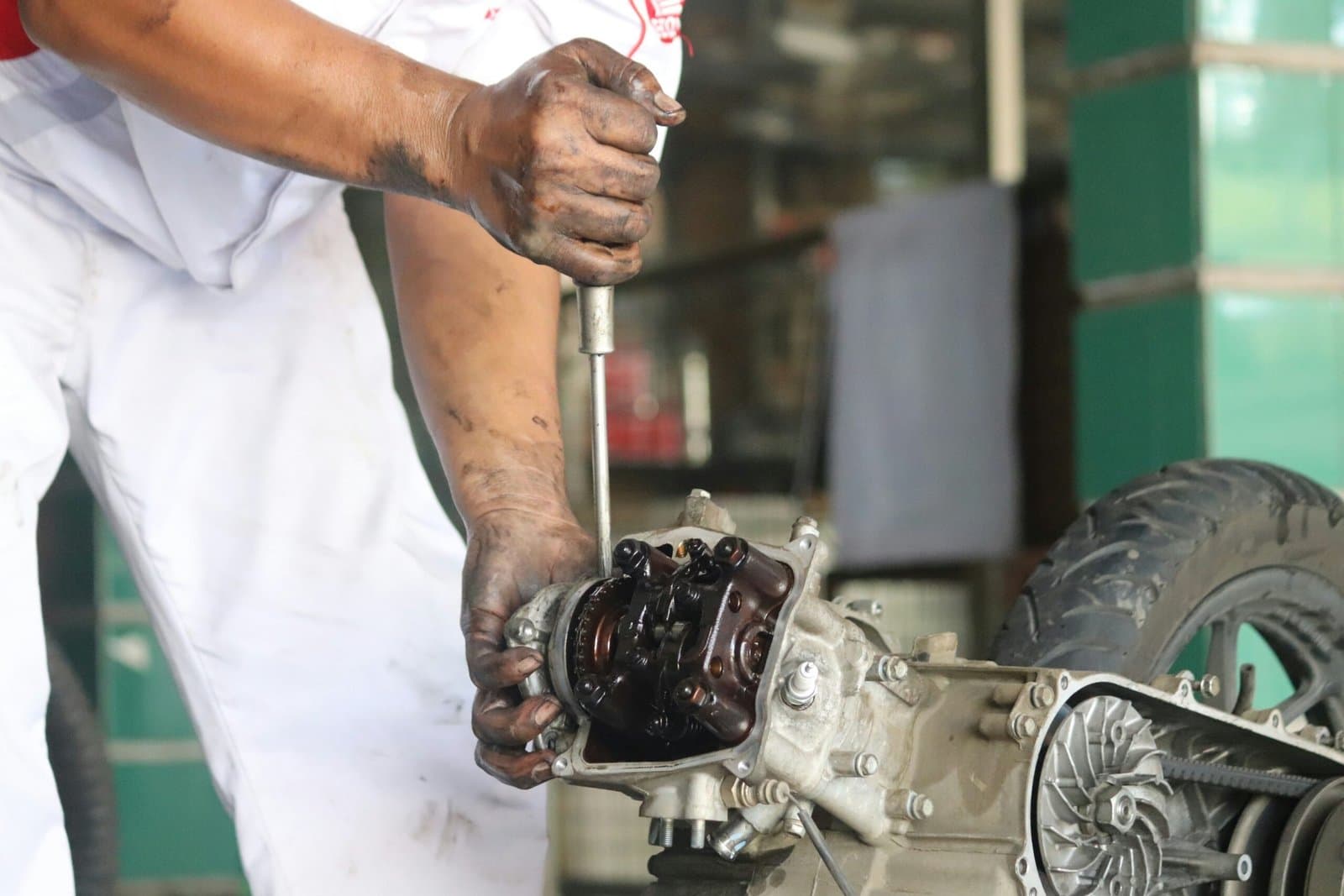
august 14, 2025
Predictive Maintenance: The Smarter Alternative to Costly Reactive Repairs

august 11, 2025